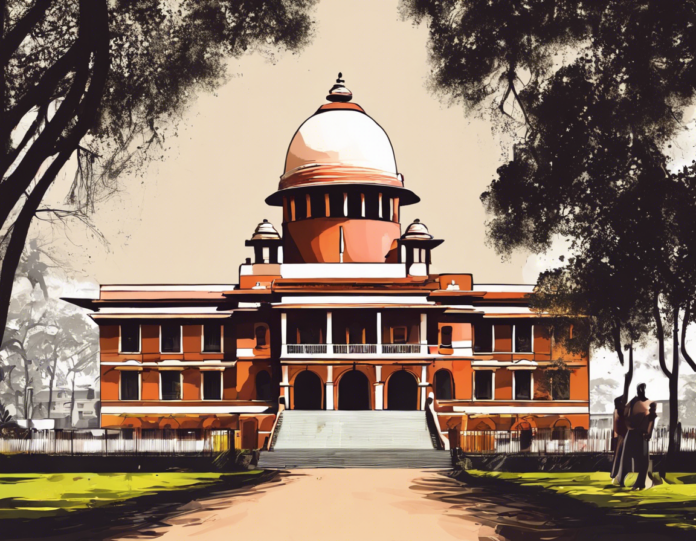The recent verdict by the Allahabad High Court regarding the movie Adipurush has sparked a variety of reactions and discussions among the legal community, film industry professionals, and the general public. The court’s decision has raised important questions about artistic expression, religious sentiments, and censorship in India. In this article, we will delve into the details of the case, analyze the implications of the verdict, and explore the broader impact on both the film industry and society at large.
Understanding the Allahabad High Court’s Verdict
The Allahabad High Court recently dismissed a petition seeking a ban on the movie Adipurush, which is based on the Hindu epic Ramayana. The petitioners argued that the movie’s portrayal of Lord Ram and other characters could hurt religious sentiments and incite violence. However, the court ruled that the filmmakers have the right to artistic freedom and expression, as long as they do not violate the law or cause harm to public order.
Implications for Artistic Freedom and Censorship
The verdict has significant implications for artistic freedom in India. It reinforces the idea that filmmakers have the right to interpret religious texts and create artistic works based on them, even if their interpretations are controversial or provocative. This is a crucial victory for freedom of expression in a country that has seen a rise in censorship and self-censorship in recent years.
At the same time, the court’s decision highlights the delicate balance between artistic freedom and the need to respect religious sentiments. While artists should have the right to explore and push boundaries, they also have a responsibility to be mindful of the impact of their work on society. The verdict sets a precedent for future cases involving the intersection of art, religion, and censorship in India.
The Impact on the Film Industry
The verdict is likely to have a positive impact on the Indian film industry. It sends a clear message that filmmakers should not be censored or banned simply because their work is controversial or challenges societal norms. This is particularly important in a country where filmmakers often face pressure from various groups to edit or remove scenes from their movies.
Moreover, the judgment could encourage filmmakers to explore bold and innovative ideas without fear of reprisal. It may also attract more investment and talent to the Indian film industry, as creators feel more confident in their ability to tell diverse and challenging stories.
Social and Cultural Ramifications
The verdict also has broader implications for Indian society and culture. It underscores the importance of tolerance and open-mindedness in a diverse and pluralistic country like India. By upholding the right of filmmakers to create art that may be controversial or provocative, the court is affirming India’s commitment to freedom of expression and creative excellence.
At the same time, the judgment serves as a reminder of the need for responsible storytelling. While artists should have the freedom to explore difficult themes and challenge conventional wisdom, they should also be sensitive to the impact of their work on different communities and identities.
Frequently Asked Questions (FAQs)
1. What was the specific argument made by the petitioners in the Adipurush case?
The petitioners argued that the portrayal of Lord Ram and other characters in the movie Adipurush could hurt religious sentiments and incite violence.
2. What was the Allahabad High Court’s ruling on the petition seeking a ban on Adipurush?
The Allahabad High Court dismissed the petition, stating that filmmakers have the right to artistic freedom and expression as long as they do not violate the law or cause harm to public order.
3. How does the verdict impact artistic freedom in India?
The verdict reinforces the idea that filmmakers have the right to interpret religious texts and create artistic works based on them, even if their interpretations are controversial or provocative.
4. What are the broader implications of the judgment on the film industry in India?
The verdict is likely to encourage filmmakers to explore bold and innovative ideas without fear of censorship, attracting more investment and talent to the Indian film industry.
5. What social and cultural ramifications does the verdict have on Indian society?
The judgment underscores the importance of tolerance and open-mindedness in a diverse country like India, while also highlighting the need for responsible storytelling and respect for religious sentiments.
In conclusion, the Allahabad High Court’s verdict on Adipurush is a significant milestone in the ongoing debate over artistic freedom, religious sentiments, and censorship in India. It reaffirms the importance of balancing creative expression with social responsibility and sets a positive precedent for future cases involving similar issues. The judgment serves as a reminder of the power of storytelling to shape narratives, challenge assumptions, and spark meaningful dialogue in society.


Recent comments